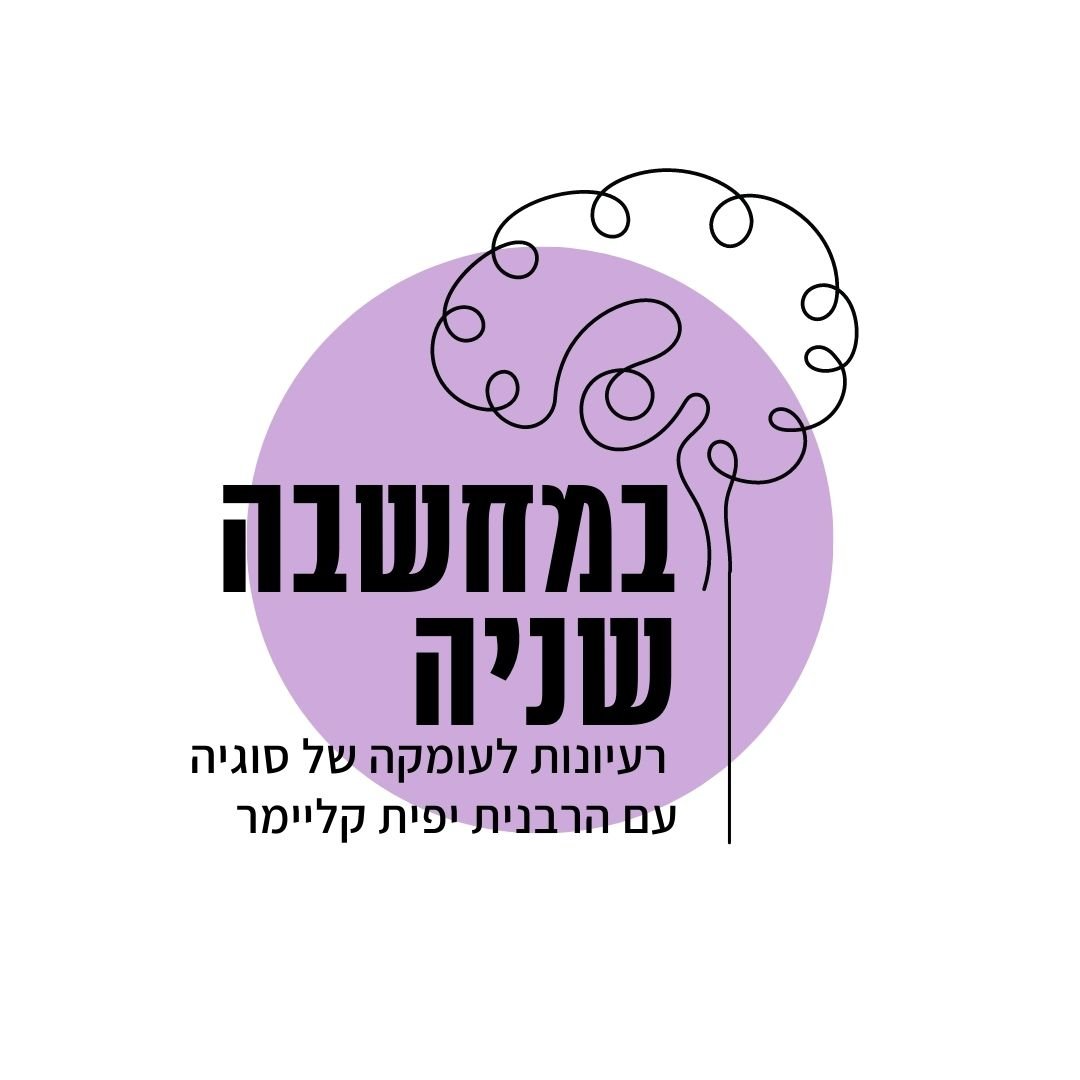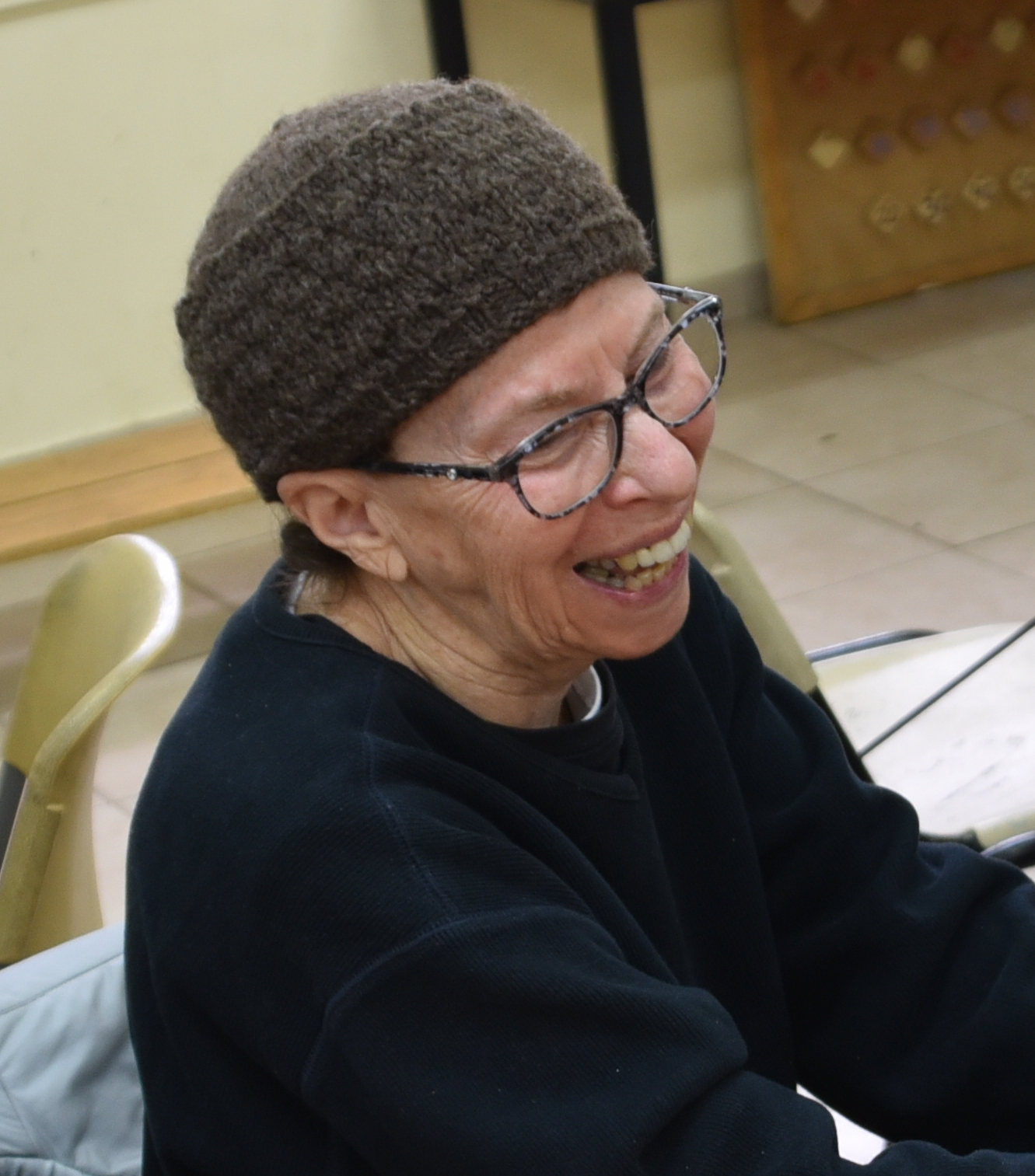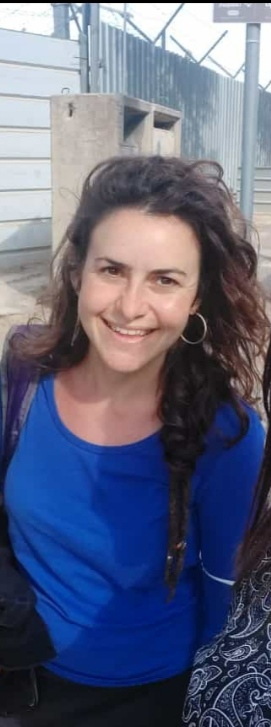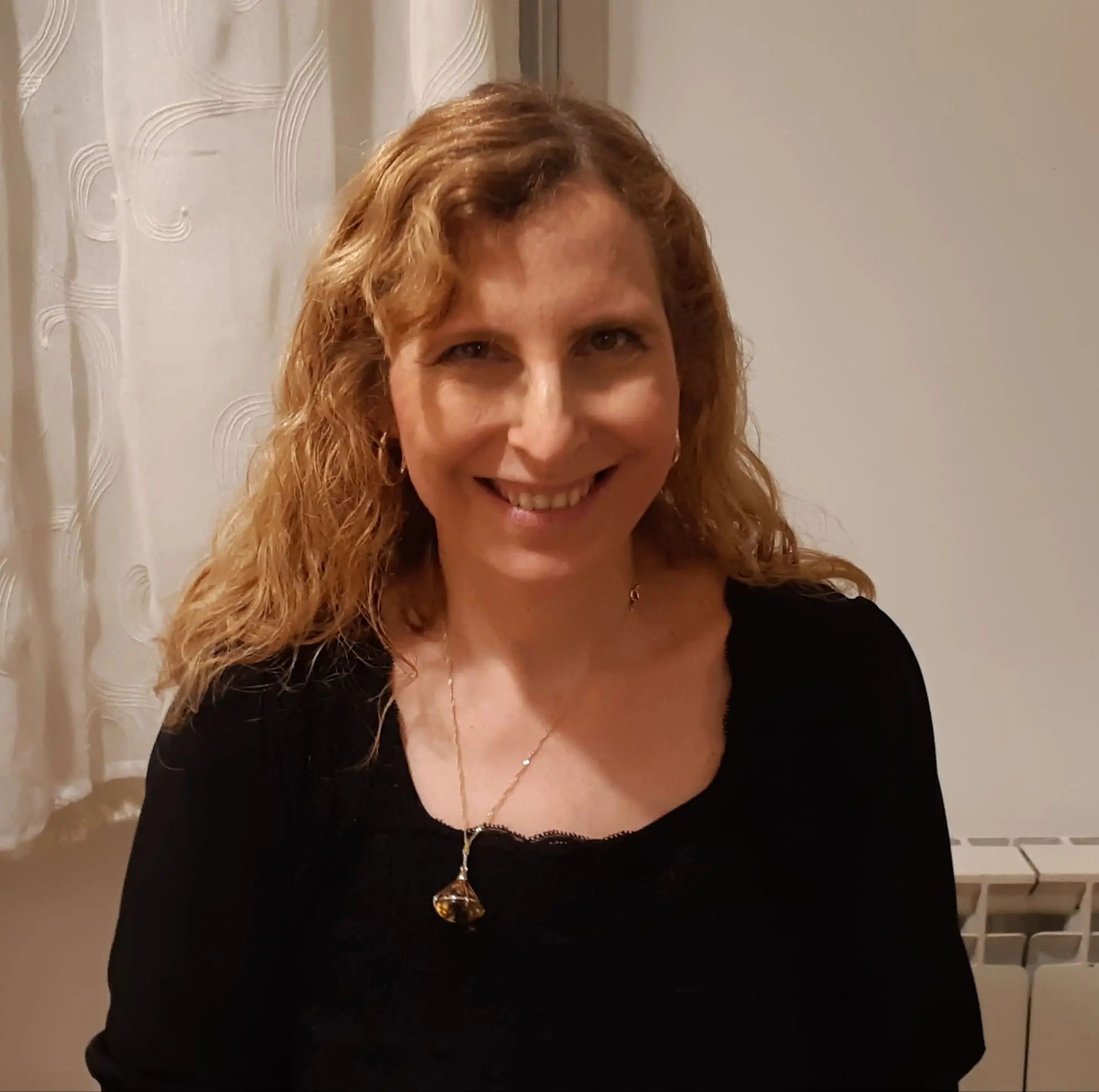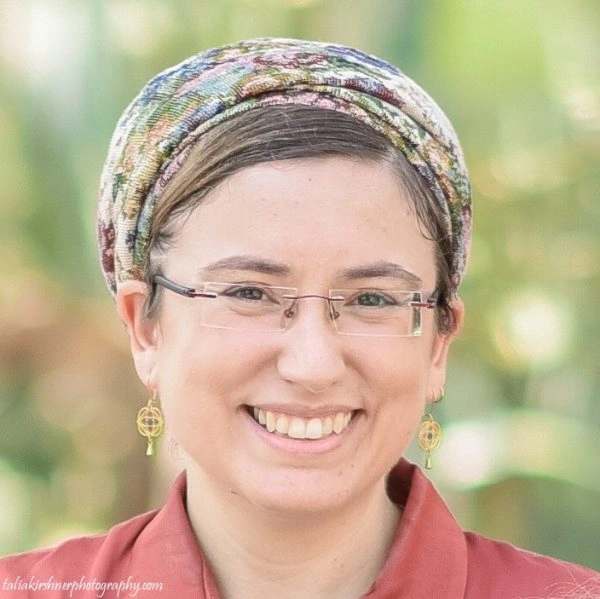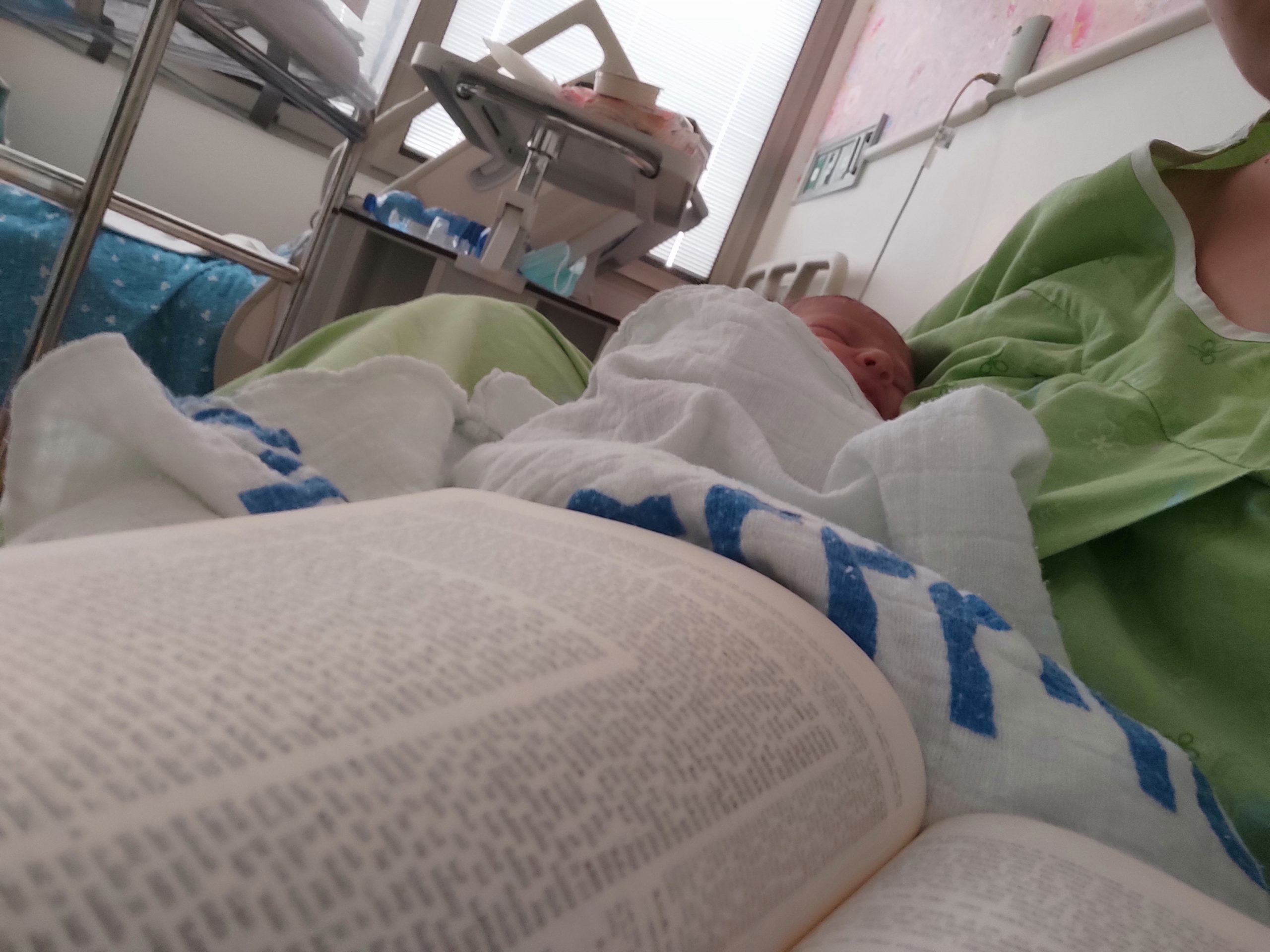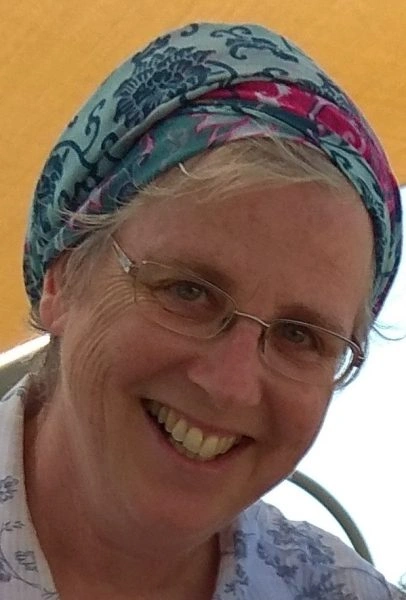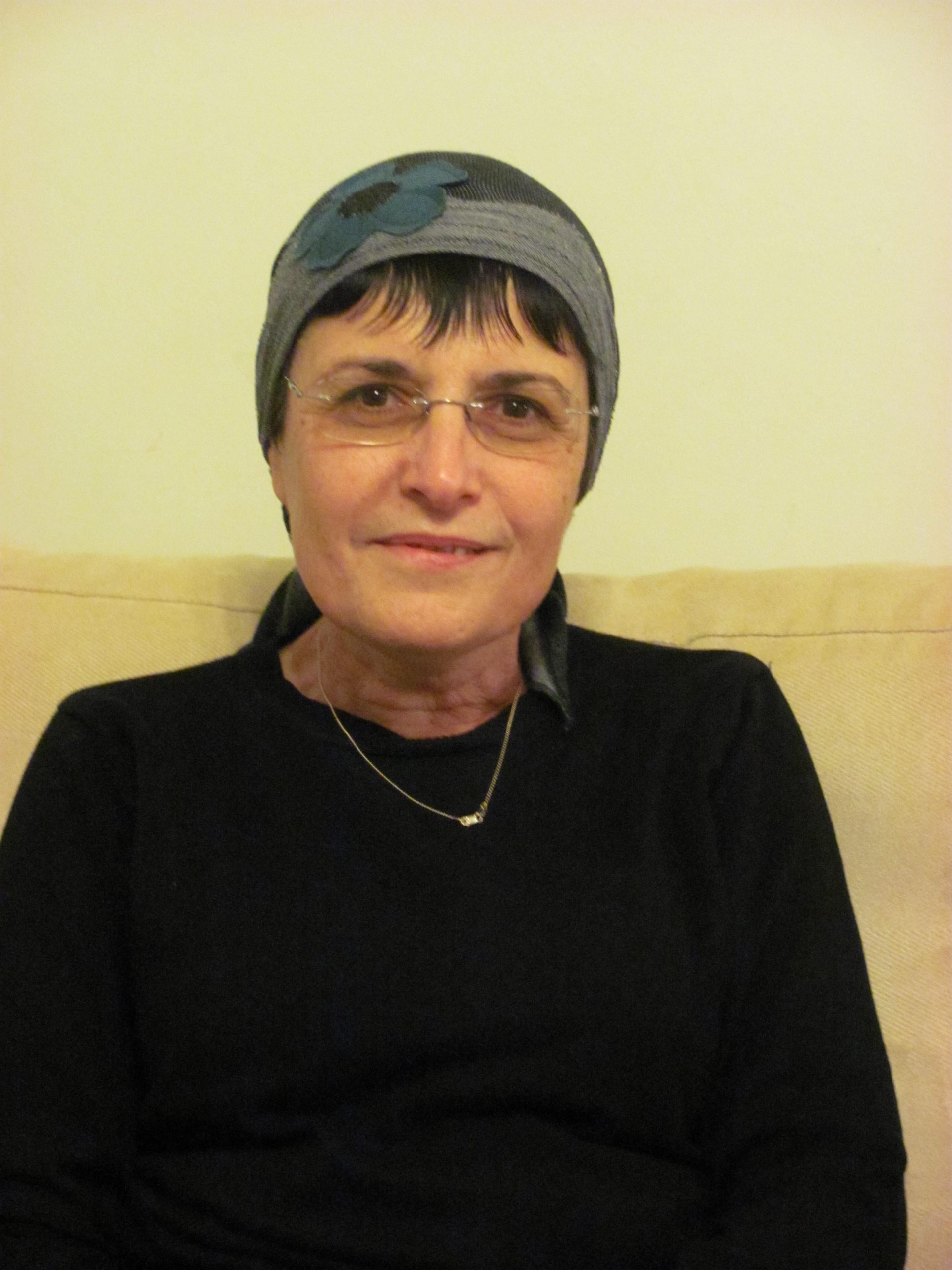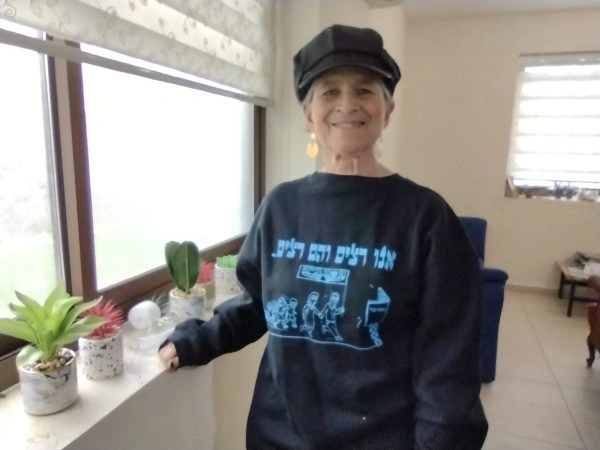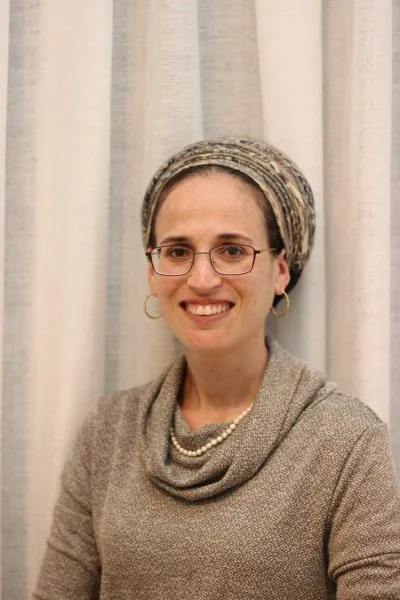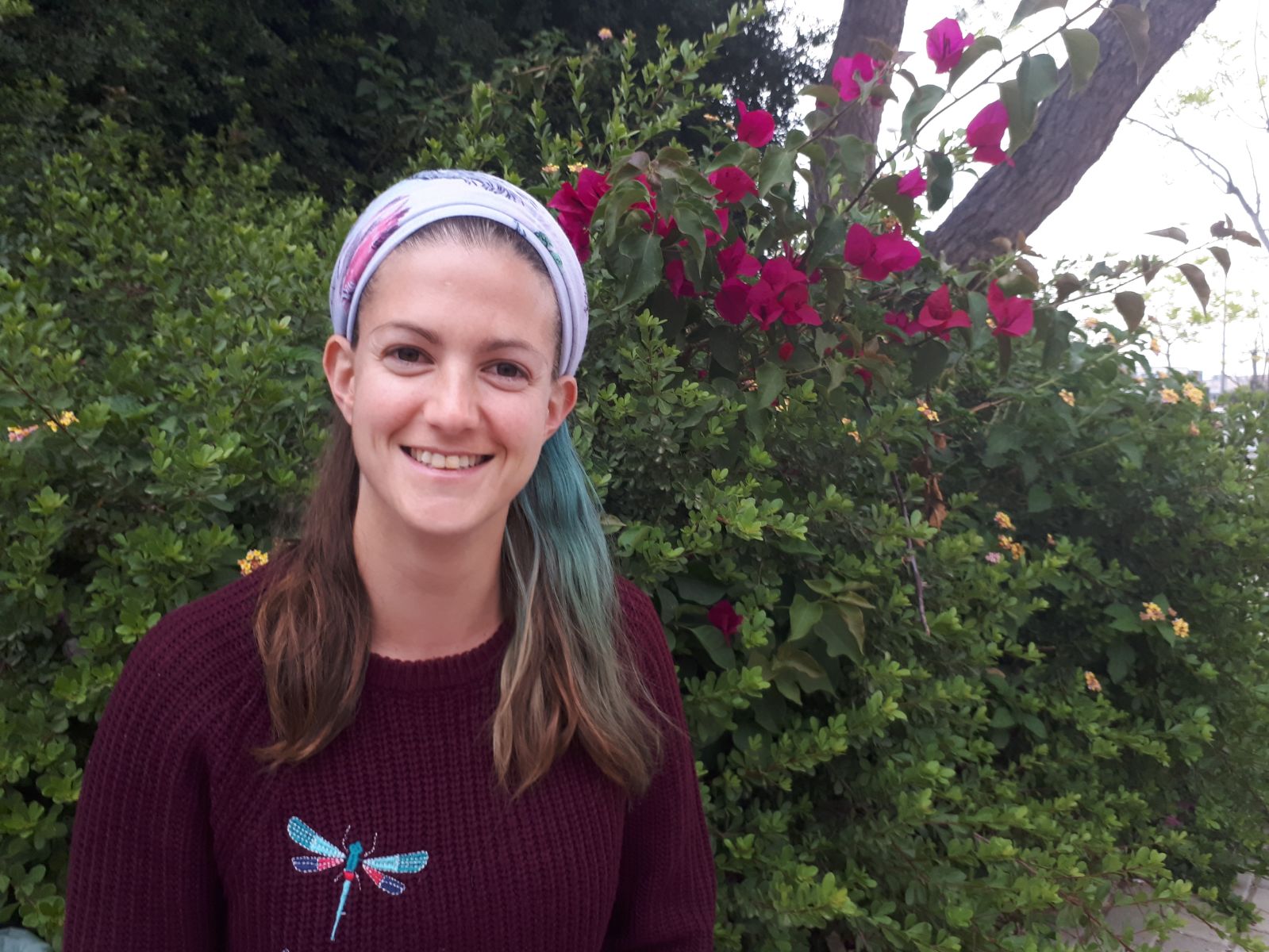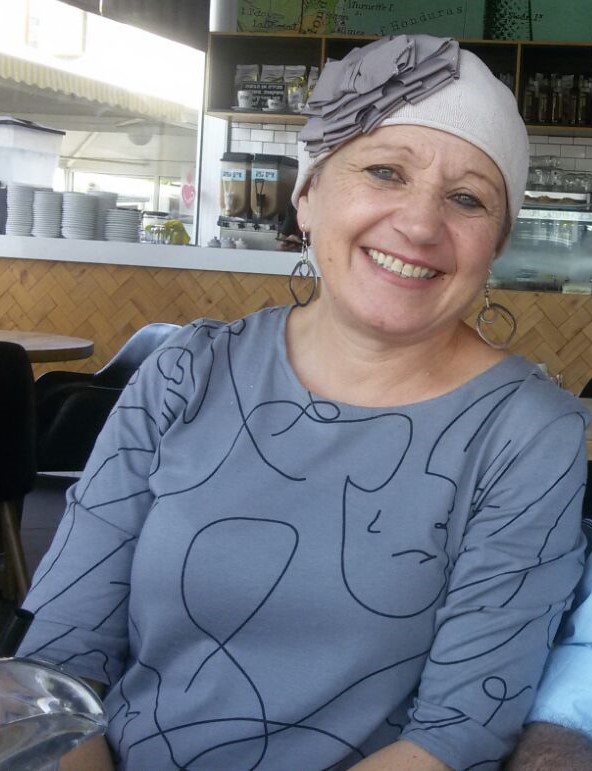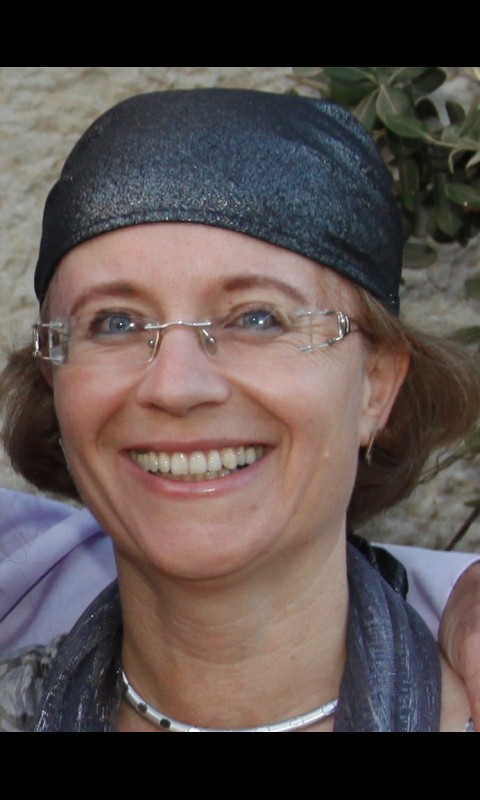נזיר נב
אָמַר רַב יְהוּדָה מִדִּיסְקַרְתָּא: תָּא שְׁמַע: ״בָּהֶם״, יָכוֹל בְּכוּלָּן — תַּלְמוּד לוֹמַר: ״מֵהֶם״. אִי ״מֵהֶם״, יָכוֹל מִקְצָתָן — תַּלְמוּד לוֹמַר: ״בָּהֶם״.
Rav Yehuda from Diskarta said: Come and hear the following halakhic midrash concerning the ritual impurity of creeping animals. The verse states: “Whoever touches them when they are dead shall be impure” (Leviticus 11:31). One might have thought this halakha applies only to all of them, i.e., to complete creatures. Therefore, the verse states: “And upon whatever any of them, when they are dead, fall, it shall be impure” (Leviticus 11:32), which indicates that part of these creatures also imparts impurity. If the halakha were derived solely from the phrase “of them,” one might have thought that it applies even to a small part of them. The verse therefore states: “Them,” which means all of them.
הָא כֵּיצַד? עַד שֶׁיִּגַּע בְּמִקְצָתָן שֶׁהוּא כְּכוּלָּן. וְשִׁיעֲרוּ חֲכָמִים בְּכַעֲדָשָׁה, שֶׁכֵּן הַחוֹמֶט תְּחִלַּת בְּרִיָּיתוֹ בְּכַעֲדָשָׁה. שְׁמַע מִינַּהּ שִׁיעוּרָא גְּמִירִי לַהּ.
How so? How can one reconcile the two verses? He does not become ritually impure unless he touches at least part of them that is equal in measure to all of them, i.e., a large part. And the Sages calculated that this is the volume of a lentil-bulk. Why is this? As the start of the formation of a skink, one of the eight impure creeping animals, is the size of a lentil-bulk. This concludes the halakhic midrash. With regard to the issue at hand, one can learn from here that it is learned as a tradition that the amount for a creature to be considered whole is a lentil-bulk. If so, an ant missing a limb should likewise not have the status of a creature.
אָמַר רַב שְׁמַעְיָה: כִּי בָּעִינַן שִׁיעוּרָא דְּבִדְלָא הָוְיָא כַּעֲדָשָׁה לָא מְטַמָּא, דְּלָא נָפְלָה בַּהּ נְשָׁמָה. אֲבָל נָפְלָה בַּהּ נְשָׁמָה — לָא. תִּיבְּעֵי לָךְ.
Rav Shemaya said, in refutation of this argument: When we require the above amount, that if it is not the volume of a lentil-bulk it does not impart impurity, the requirement applies only in a case where the creature does not have a living soul before it grows to the size of a lentil. However, if it does have a soul, this volume is not required. If the creature can survive, perhaps it does impart impurity even if it is lacking a limb. Consequently, with regard to an ant that is missing a limb, the dilemma remains unresolved for you.
הַשִּׁדְרָה וְהַגּוּלְגּוֹלֶת. אִיבַּעְיָא לְהוּ: שִׁדְרָה וְגוּלְגּוֹלֶת תְּנַן, אוֹ דִּלְמָא: אוֹ שִׁדְרָה אוֹ גוּלְגּוֹלֶת? אָמַר רָבָא: תָּא שְׁמַע: שִׁדְרָה שֶׁגֵּירַד רוֹב עִילְעִין שֶׁבָּהּ — טְהוֹרָה. וּבְקֶבֶר אֲפִילּוּ מְשׁוּבֶּרֶת אוֹ מְפוֹרֶקֶת — טְמֵאָה, מִפְּנֵי הַקֶּבֶר.
§ The mishna taught that a nazirite must shave for impurity imparted by a spine and skull. A dilemma was raised before the Sages: Did we learn a spine and [ve] skull together? Or perhaps the mishna means either a spine or a skull. Does the conjunctive vav signify: And, or: Or? Rava said: Come and hear a resolution from a baraita: In the case of a spine, the majority of whose ribs were removed while the spine itself remained intact, it is ritually pure. And if it was in a grave, even if it was broken or disassembled, it is impure, due to the grave, which joins all the bones together.
טַעְמָא מִשּׁוּם דְּגֵירַד, הָא לָא גֵּירַד — טָמֵא, שְׁמַע מִינַּהּ: אוֹ שִׁדְרָה אוֹ גוּלְגּוֹלֶת קָתָנֵי. הָא לָא קָתָנֵי. הָא קָא מַשְׁמַע לַן: דְּכִי גֵּירַד — טְהוֹרָה, אִידַּךְ, תִּיבְּעֵי לָךְ.
The Gemara infers from this baraita: The reason it is ritually pure in the first case is due to the fact that the ribs were removed, from which it may be inferred that if they were not removed, it is impure on its own, even without the skull. Learn from this that the mishna teaches: Either a spine or a skull. The Gemara rejects this claim: The baraita does not teach this explicitly. It does not state that if the ribs were not removed the spine imparts ritual impurity by itself. Rather, the baraita teaches us this, that if the ribs were removed the spine is pure. And as to the other issue, the impurity of a spine on its own, the dilemma remains unresolved for you.
תָּא שְׁמַע, רַבִּי יְהוּדָה אוֹמֵר: שִׁשָּׁה דְּבָרִים רַבִּי עֲקִיבָא מְטַמֵּא וַחֲכָמִים מְטַהֲרִין, וְחָזַר בּוֹ רַבִּי עֲקִיבָא. וּמַעֲשֶׂה שֶׁהֵבִיאוּ קוּפָּה מְלֵאָה עֲצָמוֹת לְבֵית הַכְּנֶסֶת שֶׁל טַרְסִיִּים, וְהִנִּיחוּהָ בַּאֲוִיר, וְנִכְנַס תּוֹדוֹס הָרוֹפֵא וְכׇל הָרוֹפְאִים [עִמּוֹ], וְאָמְרוּ: אֵין כָּאן שִׁדְרָה מִמֵּת אֶחָד.
The Gemara further suggests: Come and hear a resolution from the Tosefta (Oholot 4:2). Rabbi Yehuda says that Rabbi Akiva deems six items impure that the Rabbis deem pure, and Rabbi Akiva later retracted his opinion. And an incident occurred in which they brought a box that was full of bones to the synagogue of blacksmiths [tarsiyyim], and they placed it in an open airspace, not under the roof, so that it would not impart ritual impurity. And Todos the doctor entered and all the other doctors entered with him, and they said, after examining the pile: There is not a full spine from one corpse here.
טַעְמָא דְּלֵיכָּא שִׁדְרָה דְּמֵחֲדָא. הָאִיכָּא אוֹ שִׁדְרָה אוֹ גוּלְגּוֹלֶת דְּמֵחֲדָא — נָזִיר מְגַלֵּחַ עָלֶיהָ, שְׁמַע מִינַּהּ אוֹ שִׁדְרָה אוֹ גוּלְגּוֹלֶת תְּנַן. לָא מִיבַּעְיָא קָאָמַר: לָא מִיבַּעְיָא שִׁדְרָה וְגוּלְגּוֹלֶת, דְּמִמֵּת אֶחָד לֵיכָּא, אֶלָּא אֲפִילּוּ אוֹ שִׁדְרָה מִמֵּת אֶחָד אוֹ גוּלְגּוֹלֶת מִמֵּת אֶחָד לֵיכָּא.
The Gemara infers from this incident: The reason it is ritually pure is due to the fact that there was no spine from one corpse, from which one can infer that if there is either a spine or a skull from one corpse, a nazirite must shave due to it. Learn from this that we learned in the mishna that a nazirite shaves either for a spine or a skull. The Gemara rejects this argument: The tanna of the baraita is speaking utilizing the style of: It is not necessary, as follows: It is not necessary to state that there is no spine and skull from one corpse in the box, but even the remains of either a spine from one corpse or a skull from one corpse, which together impart impurity, are not present. Instead, there are parts of spines and skulls from several bodies.
תָּא שְׁמַע מִמִּנְיָינָא: וּמָה הֵן שִׁשָּׁה דְּבָרִים שֶׁרַבִּי עֲקִיבָא מְטַמֵּא וַחֲכָמִים מְטַהֲרִין: עַל אֵבֶר מִן הַמֵּת שֶׁבָּא מִשְּׁנֵי מֵתִים, וְעַל אֵבֶר מִן הַחַי שֶׁבָּא מִשְּׁנֵי בְּנֵי אָדָם, וְעַל חֲצִי קַב עֲצָמוֹת שֶׁבָּא מִשְּׁנֵי מֵתִים, וְעַל רְבִיעִית דָּם הַבָּא מִשְּׁנַיִם, וְעַל עֶצֶם כִּשְׂעוֹרָה שֶׁנֶּחְלַק לִשְׁנַיִם, וְהַשִּׁדְרָה וְהַגּוּלְגּוֹלֶת.
The Gemara further suggests: Come and hear from the tally in the above baraita: And what are those six items that Rabbi Akiva deems ritually impure and the Rabbis deem ritually pure? They consist of a limb from a corpse that comes from, i.e., is combined with, two corpses; and a severed limb from a living person that comes from two living people; and half-kav of bones that come from two corpses; and a quarter-log of blood that comes from two corpses; and of a bone that is a barley-grain-bulk, even from one body, that was divided into two; and the spine and the skull from two corpses.
וְאִי סָלְקָא דַּעְתָּךְ אוֹ שִׁדְרָה אוֹ גוּלְגּוֹלֶת, הָנֵי שִׁבְעָה הָוְיָין! כִּי קָתָנֵי (סִימָן: יָחִיד, שֶׁהוּא, גִּילַּח, וְאֶחָד) —
And if it enters your mind that the halakha applies to either a spine or a skull and they are two separate halakhot, these are seven cases, rather than six. The Gemara rejects this claim: No proof can be brought from here, as when the tanna teaches this tally he lists seven items. However, only six are fully relevant here, and therefore he said they were six. The Gemara inserts a mnemonic device for the ensuing suggestions as to which item in the list is not necessary in this context: An individual disagrees with him; that he; a nazirite shaves for it; and one quarter-log.
כׇּל הֵיכָא דִּפְלִיגִי עֲלֵיהּ רַבִּים. לְאַפּוֹקֵי עֶצֶם כִּשְׂעוֹרָה, דְּיָחִיד הוּא דִּפְלִיג עֲלֵיהּ. דְּתַנְיָא: עֶצֶם כִּשְׂעוֹרָה שֶׁנֶּחְלַק לִשְׁנַיִם, רַבִּי עֲקִיבָא מְטַמֵּא וְרַבִּי יוֹחָנָן בֶּן נוּרִי מְטַהֵר.
The first explanation is: Rabbi Akiva listed the spine and skull as separate items, but the six include anywhere that many Sages disagree with him, to the exclusion of the case of a bone that is a barley-grain-bulk, as here it is an individual who disagrees with Rabbi Akiva, as it is taught in a mishna (Oholot 2:7): If a bone that is a barley-grain-bulk was divided into two, Rabbi Akiva deems it impure and Rabbi Yoḥanan ben Nuri deems it pure. In this case, only one Sage disagrees with Rabbi Akiva.
וְאִי בָּעֵית אֵימָא: כִּי קָתָנֵי, אֵבֶר מִן הַמֵּת, אֵבֶר מִן הַחַי לָא קָתָנֵי.
And if you wish, say a different item on the list that is omitted from the tally: When he teaches six, he includes a limb severed from a corpse, but he does not teach a limb severed from a living person, and that was the case that was not listed.
וְאִיבָּעֵית אֵימָא: כִּי קָתָנֵי, כׇּל הֵיכָא דְּנָזִיר מְגַלֵּחַ עַל אֲהִילוֹ, לְאַפּוֹקֵי עֶצֶם כִּשְׂעוֹרָה דְּלָא.
And if you wish, say a different item on the list that is omitted from the tally: When he teaches six, he mentions anywhere that a nazirite shaves for his overlaying, i.e., he formed a tent over the remains of a corpse, to the exclusion of the case of a bone that is a barley-grain-bulk, as it does not impart ritual impurity in a tent. As stated in the mishna, this bone imparts impurity only through contact and carrying.
וְאִיבָּעֵית אֵימָא: כִּי קָתָנֵי, כׇּל הֵיכָא דַּהֲדַר בֵּיהּ, לְאַפּוֹקֵי רְבִיעִית דָּם דְּלָא הֲדַר בֵּיהּ. דַּאֲמַר לֵיהּ רַבִּי לְבַר קַפָּרָא: לֹא תִּשְׁנֶה רְבִיעִית דָּם בַּחֲזָרָה, שֶׁהֲרֵי לִמּוּדוֹ שֶׁל רַבִּי עֲקִיבָא בְּיָדוֹ.
And if you wish, say a different item on the list that is omitted from the tally: When he teaches six, he lists anywhere that Rabbi Akiva retracted his opinion, to the exclusion of a quarter-log of blood, as he did not retract his opinion in that case, as Rabbi Yehuda HaNasi said to bar Kappara: Do not teach a quarter-log of blood in the list of Rabbi Akiva’s retractions, as Rabbi Akiva held onto his opinion in this regard.
וְעוֹד, הַמִּקְרָא מְסַיְּיעוֹ: ״וְעַל כׇּל נַפְשׁוֹת מֵת לֹא יָבֹא״. רַבִּי שִׁמְעוֹן אוֹמֵר: עַד יָמָיו הָיָה מְטַמֵּא, אִם מִשֶּׁמֵּת חָזַר בּוֹ — אֵינִי יוֹדֵעַ. תָּנָא: הוּשְׁחֲרוּ שִׁינָּיו מִפְּנֵי תַּעֲנִיּוֹתָיו.
And furthermore, the verse supports his opinion, as it states: “Neither shall he go in to any dead bodies” (Leviticus 21:11). The plural form “bodies” indicates that two corpses can join together, as stated by Rabbi Akiva. Similarly, Rabbi Shimon says: All his days, Rabbi Akiva would deem a quarter-log of blood from two corpses ritually impure. Whether he retracted his opinion after he died, this I do not know. A Sage taught: Rabbi Shimon’s teeth blackened due to his fasts, which he undertook for uttering this irreverent comment about Rabbi Akiva.
תָּא שְׁמַע דְּתַנְיָא, בֵּית שַׁמַּאי אוֹמְרִים: רוֹבַע עֲצָמוֹת — מִן הָעֲצָמִים אוֹ מִשְּׁנַיִם אוֹ מִשְּׁלֹשָׁה. וּבֵית הִלֵּל אוֹמְרִים: רוֹבַע מִן הַגְּוִיָּה, מֵרוֹב הַבִּנְיָן אוֹ מֵרוֹב הַמִּנְיָן. אָמַר רַבִּי יְהוֹשֻׁעַ: יָכוֹלְנִי לַעֲשׂוֹת דִּבְרֵי בֵּית שַׁמַּאי וְדִבְרֵי בֵּית הִלֵּל כְּאֶחָד.
§ The Gemara returns to the earlier discussion. Come and hear an answer to the question of whether a spine and skull must be together to impart ritual impurity, as it is taught in a mishna (Eduyyot 1:7) that Beit Shammai say: The quarter-kav of bones, which imparts impurity in a tent, can be from several bones [ha’atzamim] or from two or from three bones, but they cannot be from one bone. And Beit Hillel say: The quarter–kav of bones must come from the same body, either from the majority of the structure of the skeleton or from the majority of the number of 248 bones in the body. Rabbi Yehoshua said: I can establish the statement of Beit Shammai and the statement of Beit Hillel as one. In other words, I can explain their opinions so that there is no dispute between them.
שֶׁבֵּית שַׁמַּאי אוֹמְרִים: מִשְּׁנַיִם אוֹ מִשְּׁלֹשָׁה — אוֹ מִשְּׁנֵי שׁוֹקַיִים וְיָרֵךְ אֶחָד, אוֹ מִשְּׁנֵי יְרֵכַיִים וְשׁוֹק אֶחָד, הוֹאִיל וְרוֹב גּוֹבְהוֹ שֶׁל אָדָם מִגּוֹבַהּ. וּבֵית הִלֵּל אוֹמְרִים: מִן הַגְּוִיָּה אוֹ מֵרוֹב בִּנְיָן, אוֹ מֵרוֹב מִנְיָן — הוֹאִיל וְיֶשְׁנָן בְּמִפְרְקֵי יָדַיִם וְרַגְלַיִם. שַׁמַּאי אוֹמֵר: אֲפִילּוּ עֶצֶם מִן הַשִּׁדְרָה אוֹ מִן הַגּוּלְגּוֹלֶת.
How so? As when Beit Shammai say: From two or three bones, they mean either from two shins and one thigh, or from two thighs and one shin. Since the majority of a person’s height is contained in the height of these limbs, they are considered the majority of the structure of the body. And Beit Hillel say: Parts from the body, or from the majority of the structure, or from the majority of the number of bones, since they include the joints of the hands and feet, which comprise many small bones, impart impurity. Shammai says: Even a bone from the spine or from the skull imparts impurity. In this source, Shammai explicitly refers to a spine or a skull.
שָׁאנֵי שַׁמַּאי דְּמַחְמִיר. לִיפְשׁוֹט מִינַּהּ: טַעְמָא דְּבֵית שַׁמַּאי דְּמַחְמִיר, הָא רַבָּנַן עַד דְּאִיכָּא שִׁדְרָה וְגוּלְגּוֹלֶת! לָא, עַד כָּאן לָא פְּלִיגִי רַבָּנַן עֲלֵיהּ דְּשַׁמַּאי אֶלָּא בְּעֶצֶם אֶחָד דְּאָתֵי מִן הַשִּׁדְרָה וּמִן הַגּוּלְגּוֹלֶת, אֲבָל הֵיכָא דְּאִיתֵיהּ בְּעֵינֵיהּ, אֲפִילּוּ חֲדָא מִינְּהוֹן.
The Gemara rejects this proof: One cannot establish a general halakha from this source, for Shammai is different, as he is invariably stringent, whereas the Rabbis might disagree. The Gemara inquires: If so, let us resolve the opposite from this baraita: The reason that Shammai spoke of a spine or a skull is that Beit Shammai are stringent, from which it may be inferred that according to the Rabbis a spine and skull are not ritually impure unless both a spine and skull are present. The Gemara rejects this proof too: No, the Rabbis disagree with Shammai only with regard to one bone that comes from the spine or from the skull, but when it is intact, even if the bone is from one of them, either the spine or the skull, they possibly agree that it imparts impurity.
בְּעַי רָמֵי בַּר חָמָא: רוֹבַע עֲצָמוֹת מִן שִׁדְרָה וְגוּלְגּוֹלֶת, מַאי? כִּי קָתָנֵי חֲצִי קַב עֲצָמוֹת — הֵיכָא דְּאִיכָּא מִשְּׁאָר אֵבָרָיו, אֲבָל מִן שִׁדְרָה וְגוּלְגּוֹלֶת דַּחֲמִירִי — אֲפִילּוּ רוֹבַע עֲצָמוֹת. אוֹ דִלְמָא לָא שְׁנָא?
§ Rami bar Ḥama raised a dilemma: With regard to a quarter-kav of bones from a spine and a skull, what is the halakha? Does a nazirite shave for them? The Gemara explains the two sides of the dilemma: When the mishna teaches that one shaves for a half-kav of bones, does this apply only when they are from his other limbs, but in the case of bones from the spine and skull, which are stringent, as they impart ritual impurity on their own, even a quarter-kav of bones imparts impurity? Or perhaps it is no different.
אָמַר רָבָא, תָּא שְׁמַע: הַשִּׁדְרָה וְהַגּוּלְגּוֹלֶת. וְאִי סָלְקָא דַעְתָּךְ רוֹבַע עֲצָמוֹת דְּאָתֵי מִן שִׁדְרָה וְגוּלְגּוֹלֶת חֲמִיר — לִיתְנֵי: עַל רוֹבַע עֲצָמוֹת הַבָּא מִן הַשִּׁדְרָה כּוּ׳!
Rava said: Come and hear a resolution from the mishna, which teaches: The spine and the skull. And if it enters your mind that a quarter-kav of bones that come from a spine and skull is more stringent than other limbs and imparts ritual impurity, let the tanna teach this halakha in a manner that presents a greater novelty, by stating: For a quarter-kav of bones that come from the spine and the skull.

